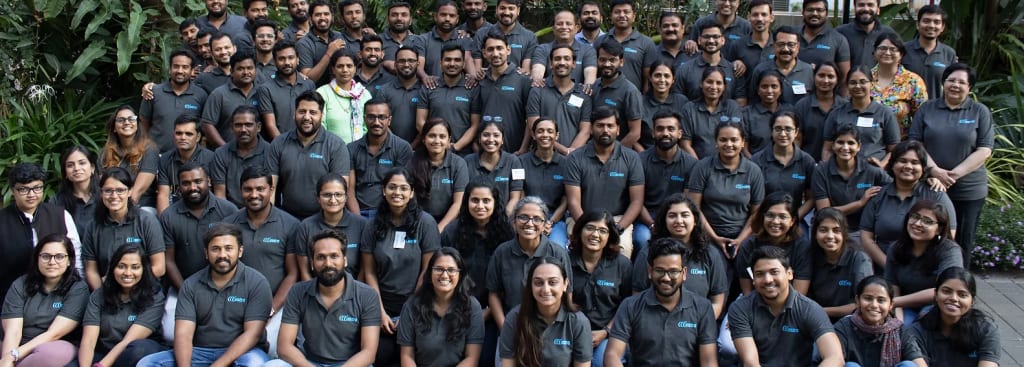Challenges and Solutions in Modern Education Leadership
Challenges in Education Leadership

Education leadership is pivotal in shaping the future of educational institutions and the quality of education they deliver. However, the role of education leaders, such as principals, administrators, and superintendents, is fraught with challenges that require innovative solutions and strong leadership skills. This blog delves into some of the key challenges faced by modern education leaders and offers solutions to navigate these complexities effectively.
Challenges in Education Leadership
1. Navigating Change and Uncertainty
One of the primary challenges in education leadership is managing change and uncertainty. With the rapid pace of technological advancements and shifting educational paradigms, leaders must be adept at steering their institutions through these changes. This often includes integrating new technologies, adopting innovative teaching methods, and updating curricula to meet contemporary needs.
2. Ensuring Equity and Inclusion
Another significant challenge is promoting equity and inclusion within schools. Education leaders must address disparities in resources, opportunities, and outcomes for students from diverse backgrounds. This involves creating policies and practices that ensure all students, regardless of their socio-economic status, race, or ability, have access to high-quality education.
3. Managing Resources Effectively
Resource management is a critical aspect of education leadership. Leaders are tasked with allocating limited resources, such as funding, staff, and materials, in a manner that maximizes student outcomes. This requires strategic planning, budgeting, and the ability to make tough decisions about where to invest.
4. Fostering a Positive School Culture
Building and maintaining a positive school culture is another challenge. Education leaders must create an environment that supports learning, fosters collaboration, and motivates both students and staff. This involves addressing issues such as student behavior, teacher morale, and community engagement.
5. Keeping Up with Policy Changes
Education policies are continually evolving, often influenced by political, social, and economic factors. Education leaders must stay informed about these changes and understand their implications. This requires ongoing professional development and the ability to advocate for their schools within the broader policy landscape.
Solutions for Effective Education Leadership
1. Embracing Continuous Professional Development
To address these challenges, education leaders should commit to continuous professional development. This can include attending workshops, enrolling in leadership programs, and engaging with peer networks. By staying abreast of the latest research and best practices, leaders can better navigate change and implement effective strategies in their schools.
2. Leveraging Data-Driven Decision Making
Utilizing data to inform decisions is crucial for modern education leadership. By analyzing student performance data, resource utilization, and other metrics, leaders can identify areas for improvement and track the impact of their initiatives. This data-driven approach ensures that decisions are based on evidence rather than intuition.
3. Promoting Collaborative Leadership
Effective education leadership often involves fostering a collaborative culture. By empowering teachers, staff, and even students to take on leadership roles, school leaders can distribute responsibilities and encourage a sense of ownership. This collaborative approach can lead to more innovative solutions and a stronger school community.
4. Engaging with the Community
Building strong relationships with the wider community is essential. Education leaders should actively engage with parents, local businesses, and community organizations to garner support and resources for their schools. This engagement helps create a supportive network that can aid in addressing various challenges.
5. Implementing Inclusive Practices
To ensure equity and inclusion, leaders must implement practices that address the needs of all students. This can include differentiated instruction, culturally responsive teaching, and targeted support programs. By fostering an inclusive environment, education leaders can help all students reach their full potential.
Conclusion
Education leadership is a dynamic and demanding field that requires a proactive approach to overcoming challenges. By embracing continuous professional development, leveraging data-driven decision making, promoting collaborative leadership, engaging with the community, and implementing inclusive practices, education leaders can navigate the complexities of modern education. Organizations like Mantra4Change play a crucial role in supporting education leaders by providing the necessary tools and resources to drive positive change. With the right strategies and support, education leaders can create environments where all students thrive and succeed.
About the Creator
Enjoyed the story? Support the Creator.
Subscribe for free to receive all their stories in your feed. You could also pledge your support or give them a one-off tip, letting them know you appreciate their work.





Comments (1)
good